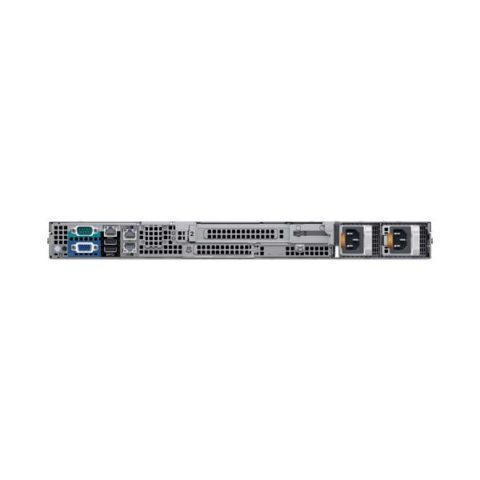

Regardless of which solution you choose you need to use load balancers, portals, brokers, databases, licensing servers, provisioning servers, SAN/NAS, and other components. Each vendor also provided its own remote display protocol. Both provided a browser-based management tool for creating, updating, and managing the virtual desktop images and assigning the virtual machines to users.

Both vendors had a bare metal, or Type 1, hypervisor and a connection broker to direct incoming user requests to the appropriate virtual disk image. VDI-in-a-Boxīack in 2009 a small start-up called Kaviza took up the challenge and made the first real attempt at simplifying VDI, with ‘ VDI-in-a Box‘, which very quickly became a real alternative to the dominant players at the time, Citrix with their XenDesktop product and VMware with their View product.īack then, and still true today, Citrix and VMware took a very similar approach to providing a VDI solution. However, since organisations are constantly looking to reduce cost and deliver a rich user-experience, there is still a need for this technology but with much-reduced complexity. The reality turned out to be slightly different because of the complicated nature of the technology. During its inception in the early days, desktop virtualisation or virtual desktop infrastructure (VDI) to give it its proper name, was seen as a magic bullet to give IT departments huge operational efficiencies and cost savings by getting rid of end-user machine CapEx costs.


 0 kommentar(er)
0 kommentar(er)
